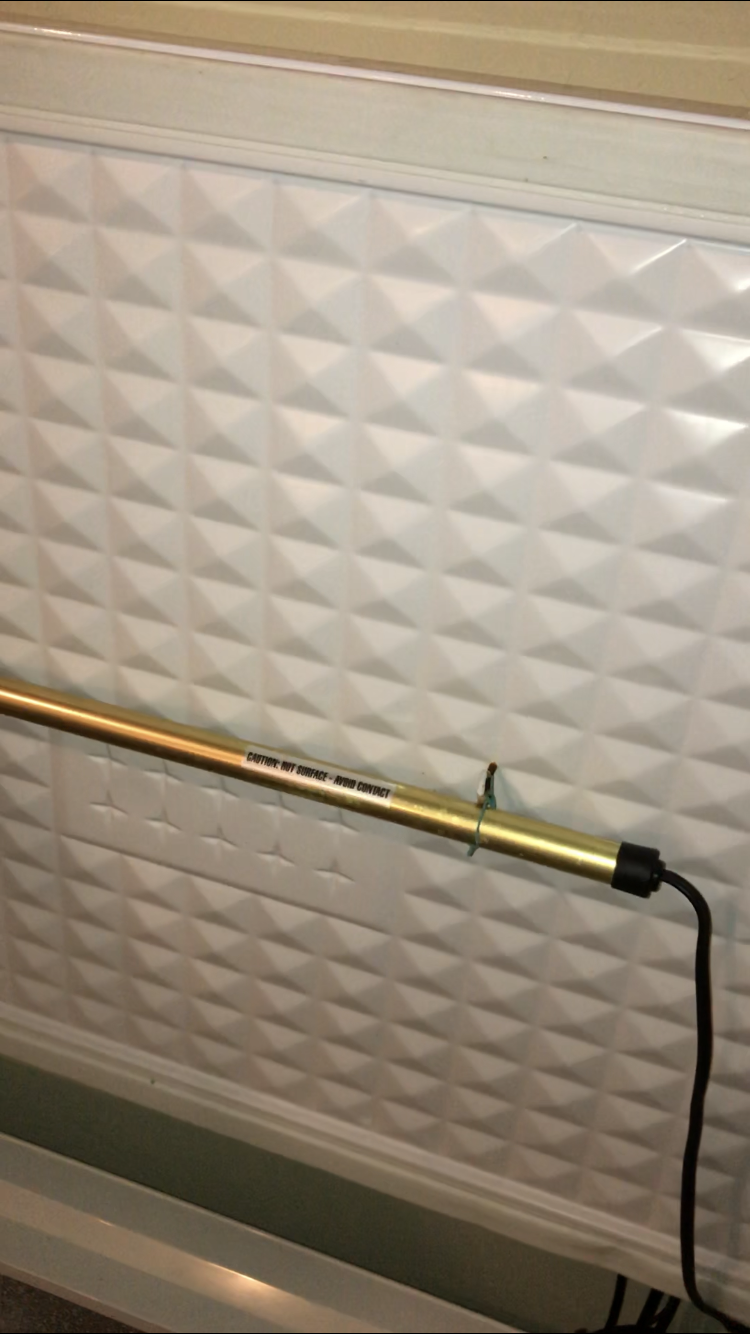njohnsoncs
Well-Known Member
- Joined
- Apr 6, 2017
- Messages
- 239
- Reaction score
- 20
I'm currently fermenting my first lager (a Pilsner) and I have a couple questions.
1. When do I do the diacetyl rest (I've seen a lot of conflicting information from many different sources). Do I start warming up the fermenter when it is a couple gravity points away from expected FG or a while before that since it will take a few days (~4-5 days) for the fermenter to get to 65 F?
2. I currently have it fermenting at 52 F in my chest freezer. How should I warm it up for the diacetyl rest? I don't have any heat source. The ambient temperature in the room can be set as high as I need. Is it OK to set it to 65 F, pull the fermenter bucket out of the freezer, and let it warm up to room temperature? Will it warm too fast or too slow?
Thanks!
1. When do I do the diacetyl rest (I've seen a lot of conflicting information from many different sources). Do I start warming up the fermenter when it is a couple gravity points away from expected FG or a while before that since it will take a few days (~4-5 days) for the fermenter to get to 65 F?
2. I currently have it fermenting at 52 F in my chest freezer. How should I warm it up for the diacetyl rest? I don't have any heat source. The ambient temperature in the room can be set as high as I need. Is it OK to set it to 65 F, pull the fermenter bucket out of the freezer, and let it warm up to room temperature? Will it warm too fast or too slow?
Thanks!































![Craft A Brew - Safale S-04 Dry Yeast - Fermentis - English Ale Dry Yeast - For English and American Ales and Hard Apple Ciders - Ingredients for Home Brewing - Beer Making Supplies - [1 Pack]](https://m.media-amazon.com/images/I/41fVGNh6JfL._SL500_.jpg)




























